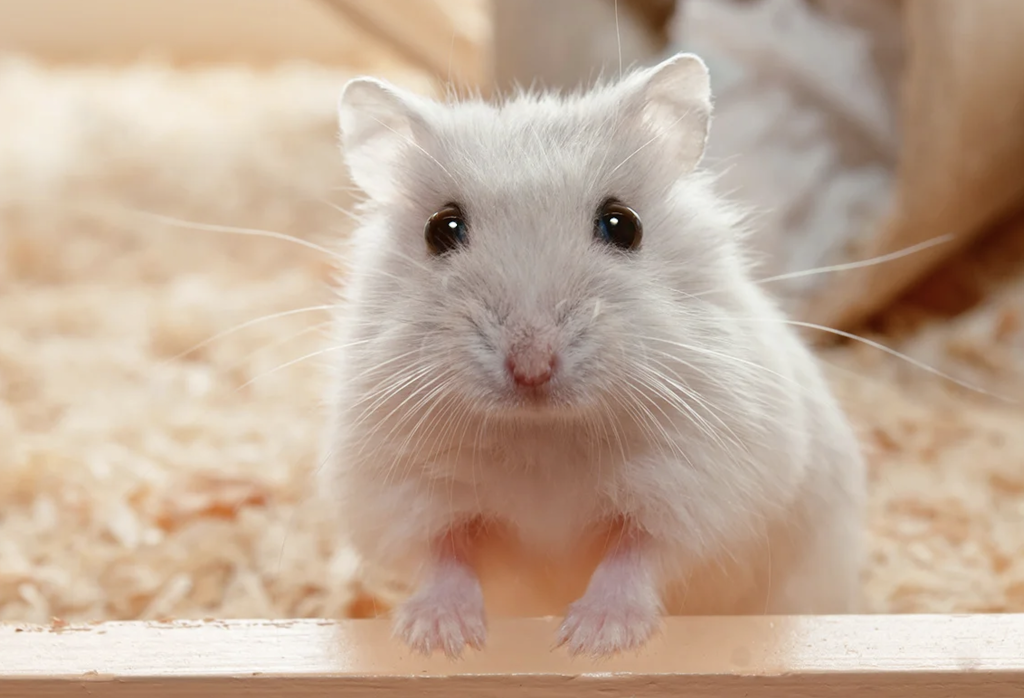Rodents have played a significant role in folklore and mythology around the world. From their association with death and disease to their depiction as clever tricksters, rodents have played a variety of roles in the stories that have been passed down through generations. In this essay, we will explore the role of family rodents in folklore and mythology, examining their representation in various cultures and the significance of these portrayals.

In many cultures, rodents are associated with death and disease. In ancient Egypt, for example, the rat was seen as a symbol of the god Apep, who represented chaos and destruction. In some cultures, rats were believed to be carriers of disease, leading to their widespread persecution and extermination. In Europe during the Middle Ages, rats were blamed for the spread of the bubonic plague, leading to a widespread fear and hatred of the species.
Despite these negative associations, rodents have also been depicted as clever tricksters and heroes in folklore and mythology. In Native American mythology, the chipmunk is often portrayed as a trickster, using his wits to outsmart his enemies. In Chinese mythology, the rat is associated with wealth and prosperity, as well as being a symbol of intelligence and resourcefulness.

One of the most famous examples of a rodent in mythology is the story of the Pied Piper of Hamelin. According to the legend, the town of Hamelin was infested with rats, and a man dressed in brightly colored clothing offered to rid the town of the pests for a fee. He played a magical tune on his flute, and all of the rats followed him out of town and into the river, where they drowned. When the townspeople refused to pay him, the Pied Piper used his flute to lead all of the town’s children out of town and into a nearby mountain, where they were never seen again. While the true origins of the story are unknown, it has become a popular folktale in Europe, inspiring countless retellings in literature and popular culture.

In Hindu mythology, the god Ganesha is often depicted with a rat as his mount, or vehicle. In some stories, the rat is said to have gnawed through the ropes that were binding Ganesha, freeing him from captivity. The rat is also associated with Ganesha’s ability to help humans overcome obstacles and achieve their goals.